In the current era, where science is making progress, we are taking less care of our health, and due to different types of chemicals and environment-friendly substances; we are not being provided with healthy food items, in which we have our equal share. Today we will talk to you about the topic of kitchen gardens to grow fresh and favorite vegetables in your home.
Kitchen gardens are an essential part of our lives, as they provide an inexpensive, regular, and handy supply of fresh vegetables which contain vitamins and minerals which protect us against diseases. They also prevent the pollution of the air by purifying the air through the plants. Additionally, kitchen gardens can help us become more fit and energetic by burning more calories while doing farming work. Finally, having your kitchen garden is the biggest perk of having your own.
How to maximize your space to develop the Kitchen Garden at your home:
1.Decorate With Your Vegetable Plants
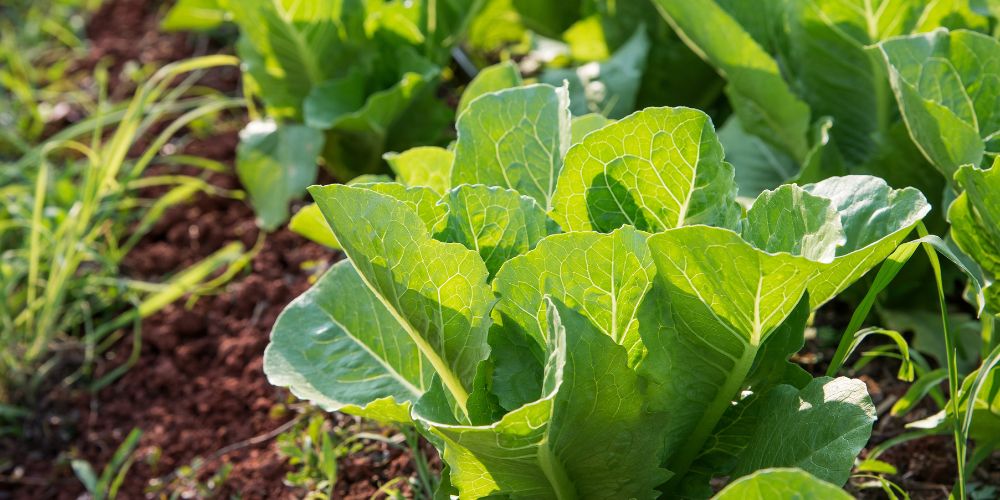
Some vegetables, like rainbow Swiss chard, are too beautiful to be confined to the vegetable garden. Show them off by making them focal points in your garden.
This rainbow Swiss chard was recently planted in these strawberry pots, but once they fill out, they will be even more attractive. And as you harvest the outer leaves, new leaves will fill in, keeping the plants fresh looking, and lush.
You can grow just about any vegetable in containers. This can be a very creative and ornamental way to design a vegetable garden.

Virtually any container will do, as long as it has good drainage.
Containers can be moved about to take full advantage of the sun. You can plant one type of vegetable per container or mix things up. A downside is that the soil in containers tends to dry out quickly and you may need to water it every day.
2. Hanging Garden of Vegetables
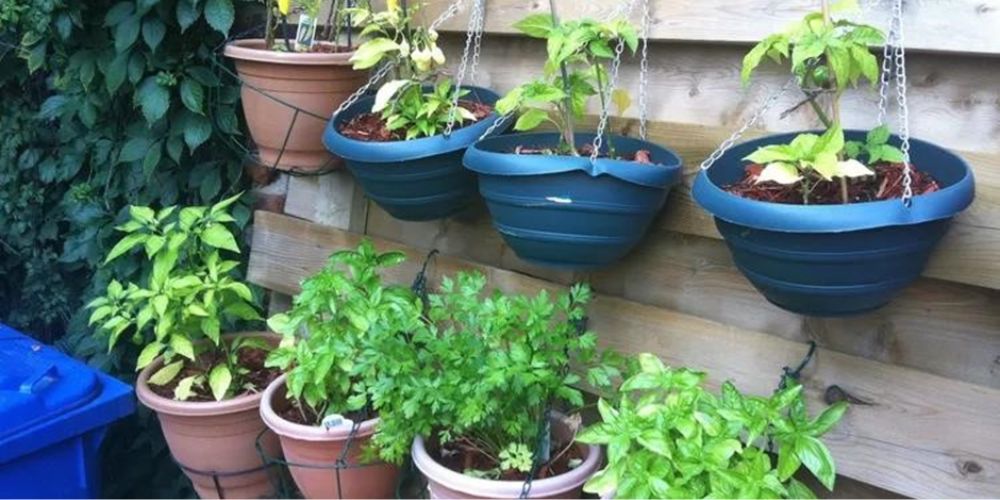
TheNo requirement in gardening hangingskets containing flowers. Most vegetables will grow successfully in hanging planters. Due in part to the heat being reflected
off the wall, you might even receive a better yield.
You can use any kind of container you desire, including expensive ceramic bowls, old soda bottles, and old buckets. Please keep in mind that when the containers are filled with wet soil and fruiting plants, they will become very heavy. Along a wall, this gardener has hung baskets that are fastened to sturdy horizontal boards.
3. Gardening Inside the Box
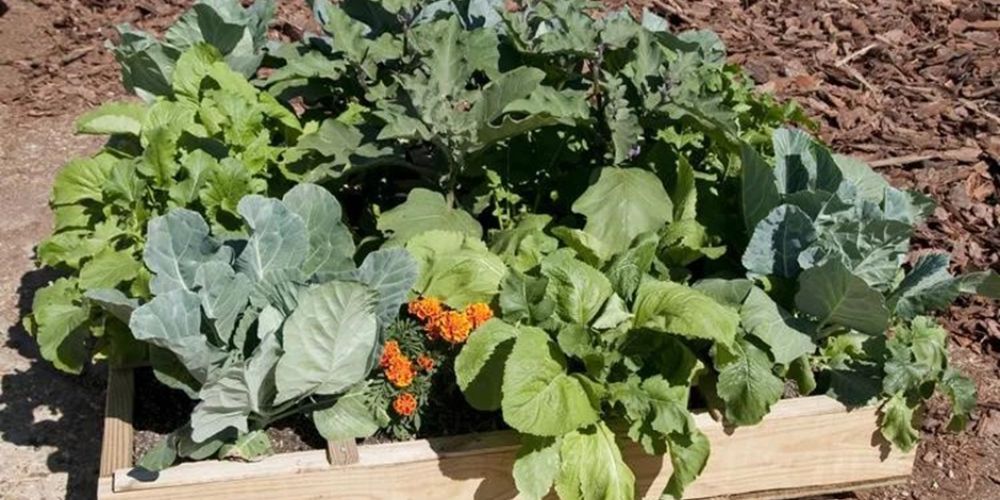
You may start a salad garden in a simple crate that will provide you with food for several weeks. This is a raised bed garden version, but because it is self-contained, it is movable. When it’s full, it might be too heavy to lift, but if you give it wheels, you can move it to wherever the sun chose to shine.
One small area may accommodate a lot of things. To prevent overcrowding, vegetables that are regularly harvested, like lettuce, carrots, and onions, will be thinned down as you gather them.
4. Show Off Your Container Collection

If you have shelves, you already have a garden an,d a pretty one at that. All you need is a set of shelves and some containers; you don’t even need to spend the weekend digging up an area in the yard.
Put your collection on your deck or patio right outside of your kitchen, and you’ll find yourself harvesting far more frequently than if you had to go out to the garden. As the weather becomes chilly, you can even bring some of the containers indoors. Do not forget to add some herbs as well.
5. Grow vegetables vertically
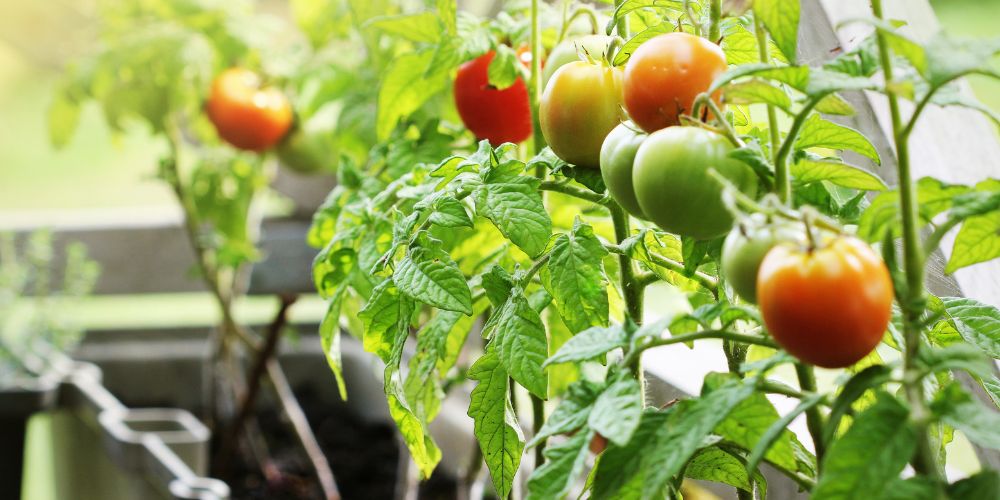
If you want to plant vining vegetables such as pole beans, cucumbers, and squash, give them something for their tendrils to grab on like a trellis, fence, or netting. Gardening up not only saves space but also creates structure and visual interest. “I like to plant cucumbers against the garden fence or up a trellis to save space; each plant only needs about a foot of space in the garden,” says Middleton.
Trellises come in countless shapes, styles, and materials. But you can easily make your own using simple bamboo poles secured at the top to form a tepee shape. If you have space on a sunny exterior wall, Bellamy recommends growing herbs and shallow-rooted vegetables in wall-mounted planters or modular green wall systems.
6. Grow Vegetables Over Your Pergola

Raising your crops vertically will not only maximize the amount of space available but will also help to protect them from worms and other pests. They are also simpler to maintain. Urban Organic Yield’s founder, Lindsey Hyland, says that when growing veggies over a pergola, it is simpler to reach the fruit as it develops (opens in new tab). Since the plant’s roots are constrained to a much smaller surface area, “you’ll also save on the water consumption for your garden.”
7. Use Trellis For Compact Small Vegetable
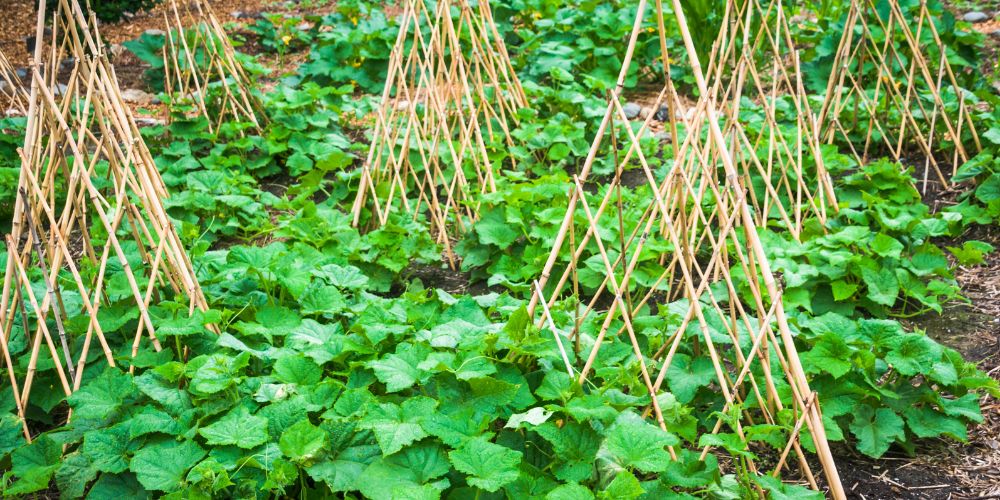
A super-smart small vegetable garden idea is to try vegetable garden trellis ideas, to make the most of the space by using vertical surfaces to grow crops up – this is particularly useful if you are looking for ways to incorporate vegetable plants into courtyard garden ideas. Add in some herbs, which make excellent potted plants and can also be beneficial for companion planting, and you could have all you need to rustle up a delicious homegrown meal at your fingertips.
There are also countless ways in which you can develop a kitchen garden in your home. In the current era of inflation, it is a great way to grow fresh and healthy vegetables yourself and besides, and you can also beautify your home with different designs. We love your health, stay healthy and keep your family healthy.


